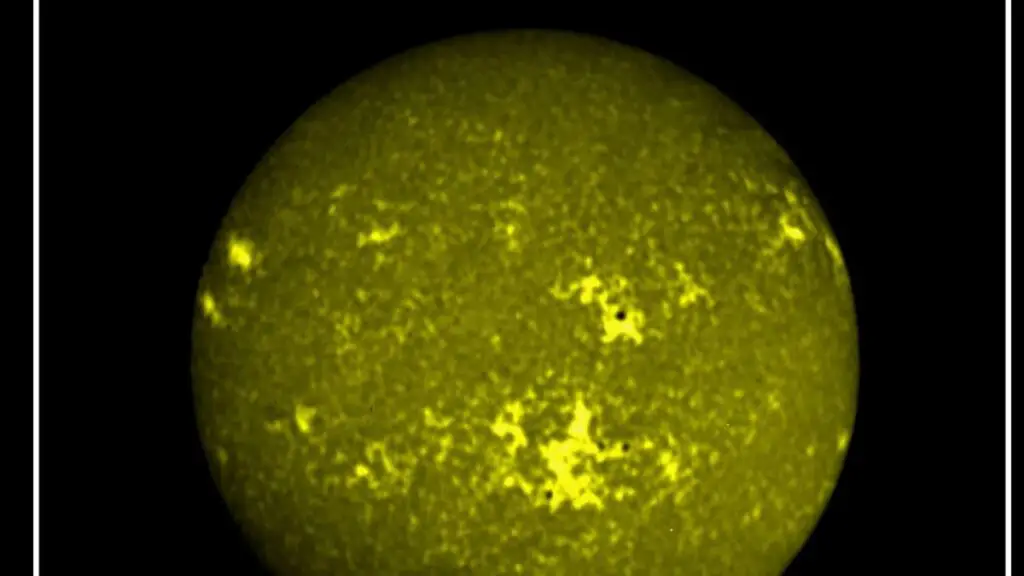Indian Solar Observatory Aditya-L1 Reaches its Destination After Successful Orbit Entry
The Aditya-L1 spacecraft completed a momentous journey, finally reaching its desired destination on Saturday after traversing through space for over four months. Designed as India’s premier solar observatory, Aditya-L1 is poised to conduct solar observations for the next five years.
Prime Minister Narendra Modi praised the remarkable achievement of the country’s scientists, emphasizing India’s commitment to advancing the frontiers of science for the betterment of humanity.
ISRO successfully maneuvered Aditya-L1 into its destination orbit, Lagrange Point 1 of the Sun-Earth system, located approximately 1.5 million km from Earth – just 1 percent of the distance between Earth and the Sun. Positioned in a halo orbit around the L1 point, the spacecraft holds the significant advantage of continuously observing the Sun without any interruptions, enabling real-time monitoring of solar activities and their impact on space weather.
Launched aboard a Polar Satellite Launch Vehicle (PSLV-C57) from Sriharikota’s Satish Dhawan Space Centre on September 2, 2023, Aditya-L1 entered an elliptical orbit around Earth before embarking on its trajectory towards Sun-Earth L1. The spacecraft carries seven payloads aimed at observing the photosphere, chromosphere, and the corona of the Sun, utilizing various scientific instruments for electromagnetic and particle and magnetic field detection.
As the spacecraft settles into its final orbit, ISRO plans to activate all the payloads, with special attention on the Visible Emission Line Coronagraph (VELC), the primary payload built by the Indian Institute of Astrophysics (IIA) in Bengaluru. The VELC instrument, designed to capture the Sun’s faint outer layer, the Corona, will play a crucial role in advancing astronomical research.
To ensure successful image capture, the VELC team has implemented an internal occulter to separate and discard direct light from the Sun’s disk, allowing for the study of the remaining light from the Corona. All seven instruments onboard Aditya-L1 are focused on addressing longstanding questions related to solar dynamics, solar storms, and their effects on space weather.
Moreover, the unique vantage point of Aditya L1, positioned far from the Sun, presents an unprecedented opportunity to study the Corona from an extended area, enabling a deeper understanding of solar storms’ origins.
Having established a dependable data link with the satellite during its transit, ISRO is poised to capture the first full-disk image of the Sun using an indigenous scientific instrument, a significant milestone for Indian astrophysicists.
Going beyond astronomical research, understanding the Sun’s activities is crucial in mitigating potential threats to electronic equipment on satellites due to coronal mass ejections (CME) – powerful charged particles that can disrupt solar panels and interact with the Earth’s geo-magnetic fields.
Overall, the successful entry of Aditya-L1 into its final orbit has set the stage for a new era of solar observations and scientific discoveries, marking a significant accomplishment for India’s space program and its pursuit of cutting-edge scientific advancements.

